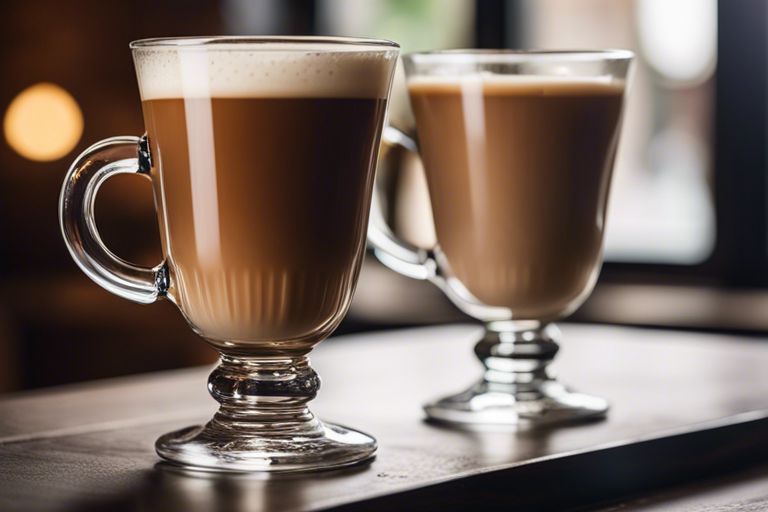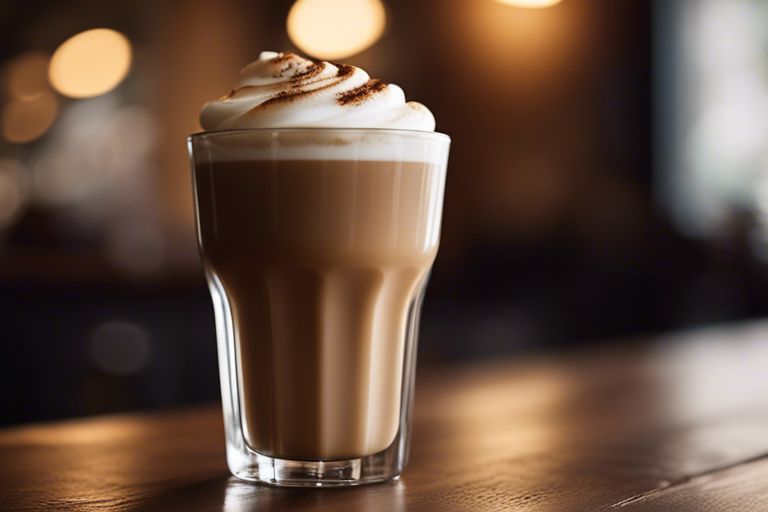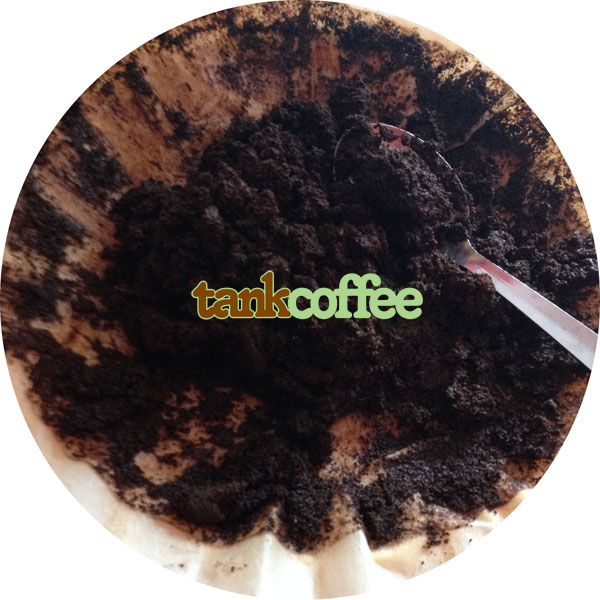Drink it all in...
Spanish Latte vs Latte
Latte lovers, are you ready to examine into the world of coffee and explore the differences between two beloved latte drinks? In this guide, we will uncover the key disparities between a Spanish latte and a latte.
From the type of milk used to the brewing methods and taste profiles, we will dissect the nuances that set these beverages apart.
Get ready to enhance your coffee knowledge and discover which of these indulgent drinks will become your new favourite.
Let’s commence on this caffeine-infused journey together!
Key Takeaways:
- Spanish Latte: A unique coffee drink originating from Spain, made with equal parts espresso, milk, and condensed milk for a sweet and creamy taste profile.
- Regular Latte: An Italian coffee drink consisting of one part espresso to two parts steamed milk, known for its smooth and creamy texture.
- Main Differences: The key distinctions between Spanish latte and latte lie in the milk type, ratio of milk to coffee, sweetness level, and overall preparation method.
Spanish Latte vs Latte: Digging Deeper
Definition and Origins
To truly understand the nuanced differences between a Spanish latte and a regular latte, it is important to research into their definitions and origins.
Assuming you’re familiar with lattes being a creamy Italian coffee drink made with espresso and steamed milk, a Spanish latte, also known as café con leche, originates from Spain.
It has become a staple in the morning routines of many coffee enthusiasts.

Key Differences
To distinguish between a Spanish latte and a latte, we need to research into the key differences in their preparation and ingredients. The most any obvious variation lies in the use of milk and the ratio of milk to coffee.
While lattes typically have a 1:2 ratio of espresso to steamed milk and foam, Spanish lattes blend espresso with an equal amount of milk and condensed milk, resulting in a sweeter and creamier profile.
With the use of condensed milk in Spanish lattes, the sweetness is amplified compared to regular lattes. This key differentiation in sweetness levels is a major factor in determining the favoured choice between the two coffee variations for many enthusiasts.
Crafting the Perfect Cup
Despite their similarities, crafting the perfect cup of a classic latte and a Spanish latte requires attention to detail and the right technique. Let’s investigate into the recipes for each to help you master the art of making these indulgent coffee beverages.
Classic Latte Recipe
One classic method for crafting a delicious latte involves brewing a shot of espresso using filtered water and steaming milk to create a velvety texture.
The espresso is then poured into a cup, followed by the steamed milk and topped with a small amount of foamed milk.
This process results in a smooth and creamy drink that is a favourite among coffee lovers.
Spanish Latte Recipe
One little twist that sets the Spanish latte apart is the inclusion of condensed milk in the recipe. By brewing a double shot of espresso or strong coffee, warming milk, adding sweetened condensed milk, and incorporating the frothed milk into the mixture, you create a rich and sweet coffee experience that is different from a traditional latte.
The sweetness of a Spanish latte, coupled with the creaminess from the condensed milk, provides a unique flavour profile that appeals to those who enjoy a sweeter coffee drink.
The balance between the espresso, milk, and condensed milk in this recipe is key to achieving the desired taste and consistency.

Equipment and Tools for Mastery
Must-Have Barista Tools
Even the most skilled baristas require a set of crucial tools to create the perfect Spanish latte or latte. Some must-have tools include a quality espresso machine or alternative brewing methods like a Moka pot or French press.
The milk frother or steam wand is crucial for preparing the milk to achieve that velvety texture.
Having heat-resistant cups or glasses for serving ensures that the coffee stays at the optimal temperature for enjoyment.
Serving and Variations: Cultivating Creativity
Hot vs. Iced Presentations
After understanding the basics of a Spanish latte and a traditional latte, it’s time to explore the various ways these delicious drinks can be served.
One option is to enjoy them hot or iced. A hot Spanish latte, made with scalded milk and condensed milk, offers a rich and sweet flavour, while a hot latte provides a creamy and smooth experience.
On the other hand, iced versions of both drinks can be a refreshing choice for warmer days.
A cold Spanish latte with ice cubes combines the unique sweetness of condensed milk with the chilled coffee, while a regular iced latte offers a lighter and less sweet alternative.
Cultural Twists: Café con Leche and More
Choosing to research deeper into the cultural background of these beverages adds an extra layer of appreciation to your coffee experience. One interesting twist to explore is the Spanish tradition of Café con Leche, a stronger coffee with less milk compared to a latte.
This traditional drink, known for its balance of bold coffee flavour and velvety milk, serves as the foundation for the modern Spanish latte.
The World of Dairy-Free Options

Exploring Alternative Milk Varieties
To cater to individuals with dairy-free preferences or dietary restrictions, there is a wide range of alternative milk options available for creating delicious Spanish lattes and lattes.
Almond milk, coconut milk, and oat milk are popular choices that can be used as substitutes for traditional dairy milk. These alternatives offer a variety of flavours and textures, allowing coffee enthusiasts to enjoy their favourite beverages without compromising on taste.
Leveraging Flavors: Syrups and Additives
To enhance the flavour profile of dairy-free Spanish lattes and lattes, flavoured syrups and additives can be incorporated. Flavours such as vanilla, cinnamon, and honey can be used to add depth and sweetness to the drinks.
Additionally, cocoa powder can provide a rich and indulgent taste, elevating the overall coffee experience for those seeking dairy-free options.
Milk choices can significantly impact the taste and texture of dairy-free Spanish lattes and lattes. Using alternative milk options allows individuals to customise their beverages according to their preferences while catering to dietary needs or preferences.
The versatility of dairy-free options and flavoured additives in Spanish lattes and lattes opens up a world of possibilities for coffee lovers looking for unique and personalised drinks.
By experimenting with alternative milk varieties and a range of syrups and additives, individuals can create customised beverages that suit their taste preferences, all while enjoying the indulgent experience of a delicious coffee drink.
Nutrition and Taste Profiles: An In-Depth Analysis
Calorie Comparison: Healthier Choices
Now, for those conscious about their calorie intake, understanding the nutritional variances between a Spanish latte and a regular latte is important.
A traditional latte typically contains one part espresso to two parts milk, while a Spanish latte includes equal parts espresso, milk, and condensed milk.
In a 2% fat milk Spanish latte, there are approximately 28 calories, while zero fat milk reduces it to around 19 calories.
Opting for almond milk can bring it down further to about 9 calories, offering healthier choices for those mindful of their calorie consumption.
Caffeine Content: Understanding Your Brew
One aspect to consider when comparing a Spanish latte to a regular latte is the caffeine content. Both drinks predominantly feature espresso, so the caffeine levels are similar.
The amount may vary slightly based on the coffee beans used, such as dark or light roasts. It’s crucial to understand the caffeine content in your brew, especially for those who are sensitive to it.
Caffeine plays a significant role in the taste and overall experience of your latte or Spanish latte. It contributes to the drink’s flavour profile and influences factors such as bitterness and strength.
Knowing the caffeine content can help you make informed decisions about your coffee intake and tailor your drink to your desired level of stimulation.
Sweetness and Flavor: Balancing the Scales
Profiles of sweetness and flavour differ between a Spanish latte and a regular latte. Spanish lattes are notably sweeter due to the inclusion of condensed milk, offering a creamier taste.
On the other hand, regular lattes provide a more balanced flavour profile with a milder sweetness. Understanding the interplay between sweetness and flavour can help you select the coffee that best suits your preferences.
From the rich, sweet tones of a Spanish latte to the balanced flavours of a classic latte, the choice ultimately comes down to personal preference. By balancing sweetness with the overall taste profile, you can enjoy a satisfying coffee experience tailored to your individual taste buds.
Tips from the Barista’s Corner
Not all latte creations are made equal. To elevate your coffee game, consider these expert tips straight from the barista’s corner:
- Experiment with Flavours: Play around with various syrups, spices, and toppings to create your own signature lattes that stand out from the crowd.
- Focus on Quality: Invest in high-quality coffee beans to ensure a rich and robust coffee flavour in every sip.
- Perfect Your Pour: Practice the art of latte art to enhance both the visual appeal and the overall coffee drinking experience.
Creating Signature Lattes
One of the key ways to set your coffee creations apart is to develop signature lattes that reflect your unique taste and style.
Experimenting with different flavours, such as caramel, vanilla, or even seasonal spices like cinnamon or nutmeg, can add depth and complexity to your beverages.
Topping your lattes with chocolate shavings, a sprinkle of cinnamon, or a dollop of whipped cream can also elevate the presentation and make each drink feel special.
The Importance of Coffee Bean Quality
Bean selection is a crucial aspect of crafting the perfect latte. This is because the flavour profile and aroma of your coffee will largely depend on the quality of the beans you use.
Opting for high-quality coffee beans that are freshly roasted and ground can make a significant difference in the overall taste of your latte.
Whether you prefer single-origin beans or blends, choosing beans that suit your preferences and brewing method is imperative for a truly exceptional coffee experience.
Latte Art: Adding Visual Appeal
While the taste of your latte is paramount, the visual presentation plays a significant role in enhancing the overall enjoyment of the drink. Understanding the basics of latte art, such as creating heart or rosetta designs with steamed milk, can add a touch of elegance to your lattes.
Practising your pouring technique and mastering the art of frothing milk will not only impress your customers or guests but also showcase your dedication to craftsmanship and quality.
Conclusion
Upon reflecting on the key differences between Spanish latte and latte, it becomes evident that these two coffee beverages offer distinct characteristics that cater to different preferences.
While a traditional latte provides a smooth and creamy texture with a balanced coffee-to-milk ratio, a Spanish latte stands out for its sweeter and creamier flavour profile achieved through the addition of condensed milk.
Variations such as iced Spanish lattes and alternative milk options further enhance the versatility of these drinks, allowing coffee lovers to explore a range of taste experiences.
In summation, whether you opt for the familiar elegance of a latte or the indulgent sweetness of a Spanish latte, both beverages offer delightful options for coffee lovers seeking variety and richness in their coffee-drinking experience.
Understanding the ingredients, preparation techniques, and variations of these drinks can empower individuals to customise their coffee preferences and enjoy a tailored and satisfying cup of coffee that suits their unique palate.
FAQ
What is the difference between a Spanish Latte and a regular Latte?
A Spanish latte, known as café con leche, is made with equal parts espresso, milk, and condensed milk, resulting in a sweeter and creamier flavour compared to a traditional latte which consists of one part espresso to two parts steamed milk.
How does the sweetness of a Spanish Latte compare to a regular Latte?
The addition of condensed milk in a Spanish latte makes it noticeably sweeter than a regular latte, where the sweetness is generally more subtle.
Can a Spanish Latte be enjoyed as an iced drink?
Yes, a Spanish latte can be enjoyed as an iced drink by mixing espresso, milk, condensed milk, and ice.
Are there variations of the Spanish Latte that include different flavours?
Some variations of the Spanish latte may include additional flavours such as cinnamon or orange to add an extra dimension to the drink.
Can a Spanish Latte be made with dairy-free milk alternatives?
Yes, a Spanish latte can be made with dairy-free milk alternatives such as almond milk, coconut milk, or oat milk to cater to dietary preferences or restrictions.
What is the origin of the Spanish Latte?
While the exact origin is not certain, the Spanish latte is believed to have roots in Spain as a traditional café con leche, and has gained popularity in specialty coffee shops worldwide.
How can I make a Spanish Latte at home?
To make a Spanish latte at home, brew a double shot of espresso, warm milk without steaming it, add sweetened condensed milk, and combine the ingredients for a rich and creamy drink.


